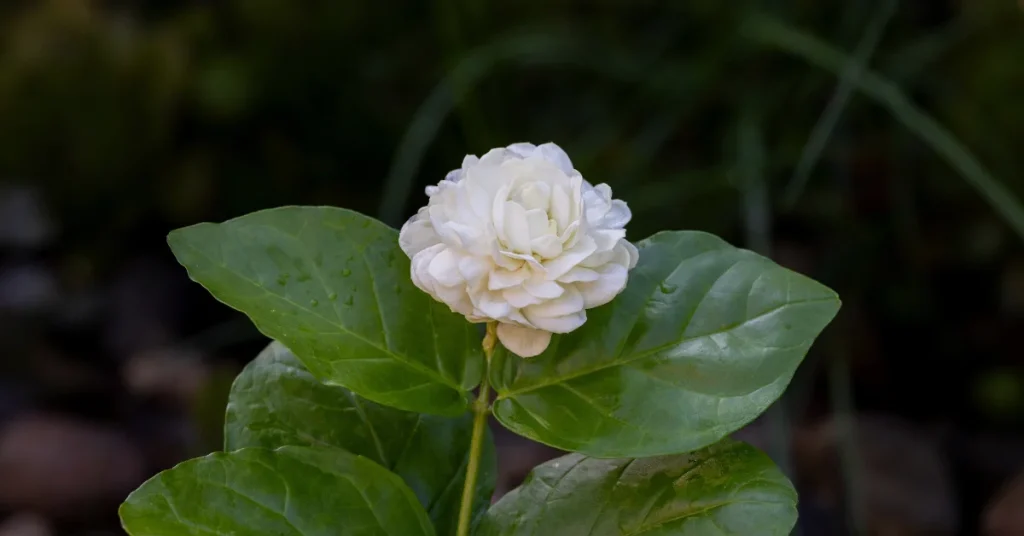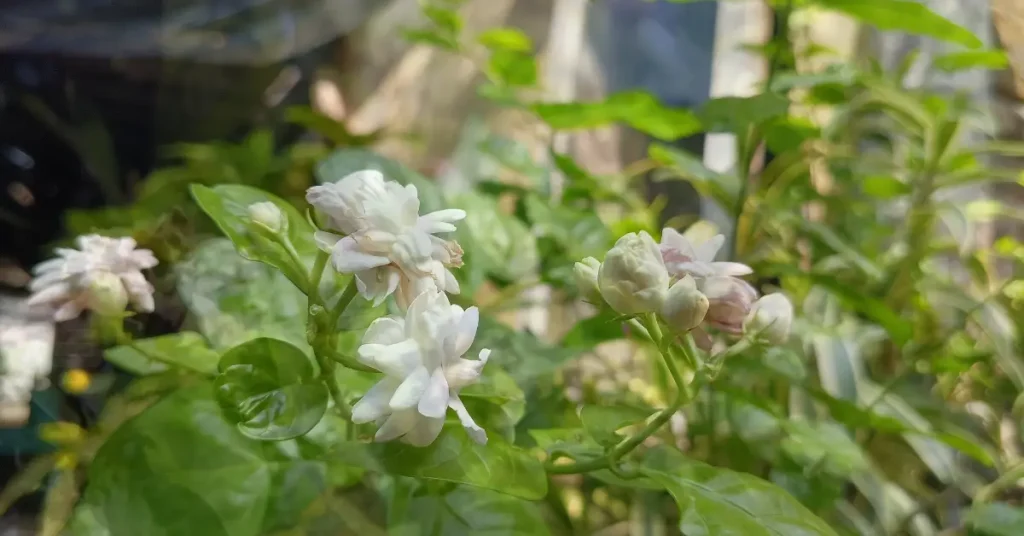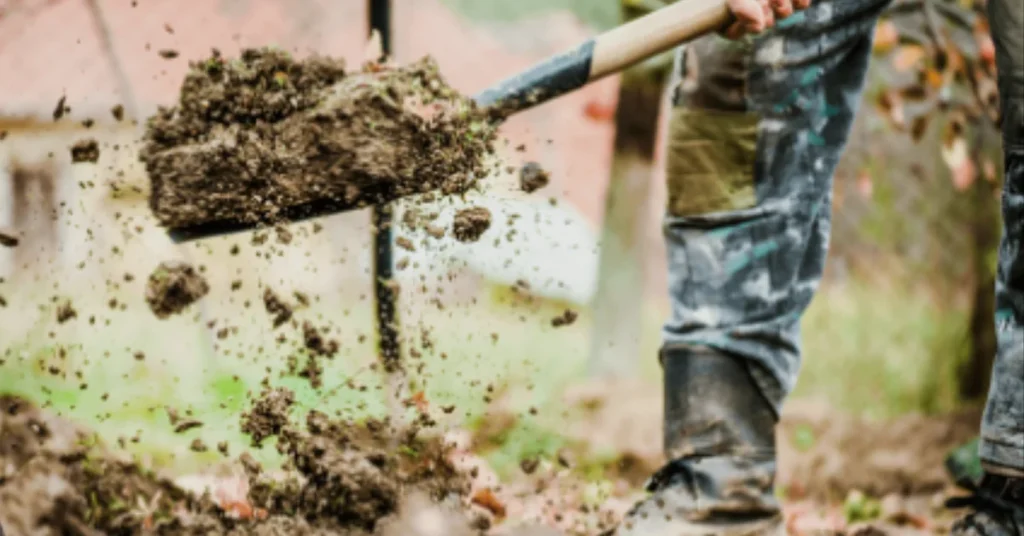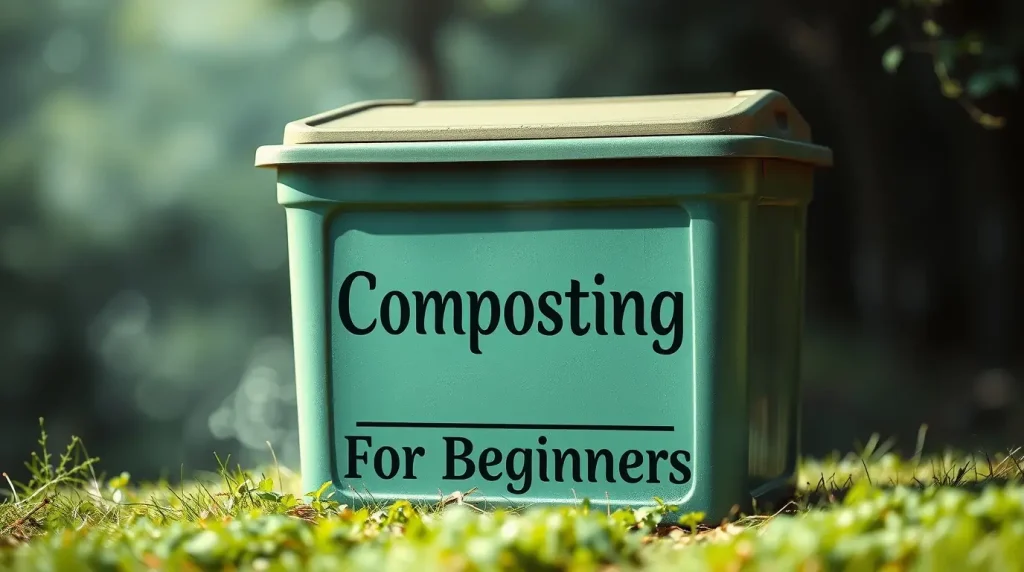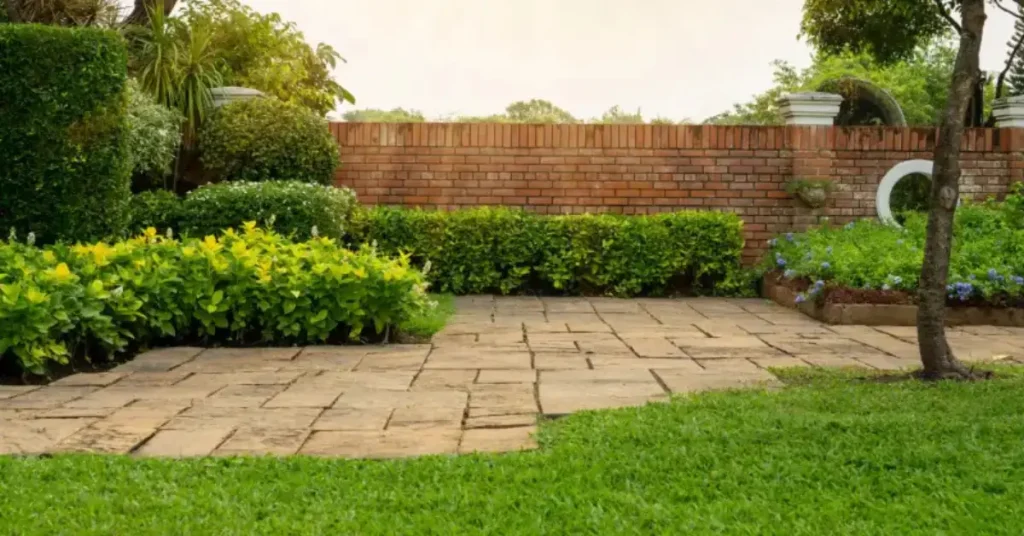Fertilizer For Jasmine Plant:Homemade and Synthetic
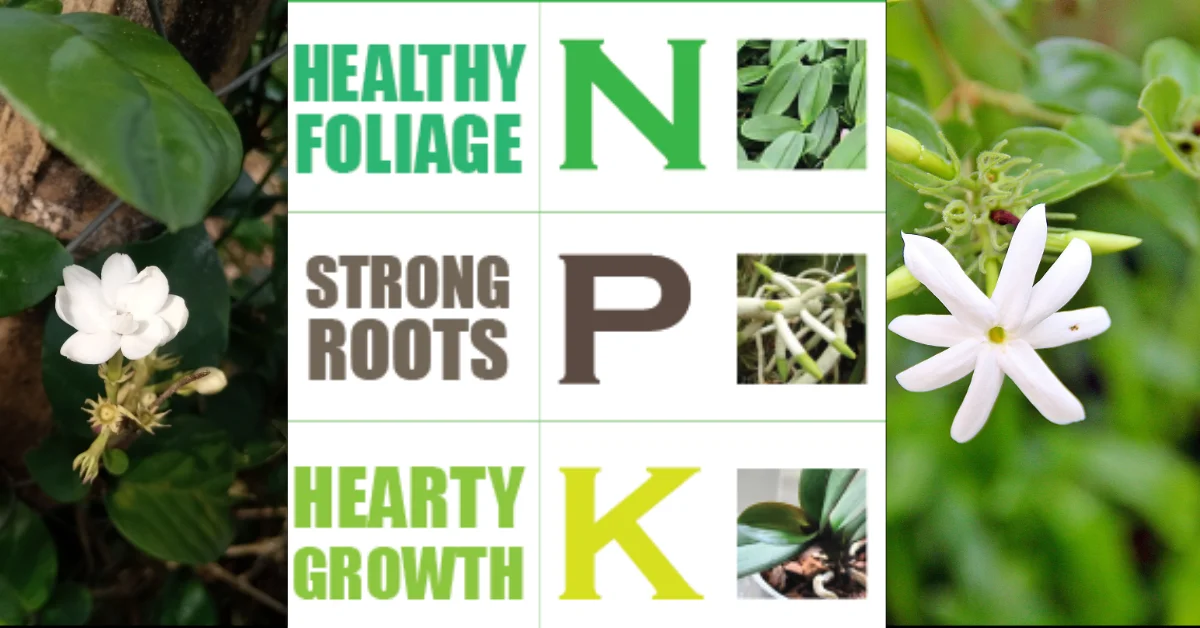
Hey there, plant pals! Calling all Jasmine lovers! Do you have a jasmine plant that’s looking a little, well, not so jasmine-y? Maybe its leaves are limp, discoloration or there aren’t many blooms.
Fear not! Just like us, humans need yummy food to grow big and strong; jasmines need fertilizers to thrive.
Don’t worry—fertilizers aren’t scary; it’s like giving your plants a super cool vitamins essential for their growth.
In this guide, i’ll explain jasmine fertilization, types of fertilizers, homemade and synthetic fertilizers.
So, grab your gardening hat, and let’s get started!
Importance of Fertilizers
Imagine your Jasmine is a superstar athlete. To win the Jasmine Olympics (which would be a thing if plants could compete!), it needs the right fuel. That’s where fertilizer comes in.
Fertilizers play a key role in modern agriculture. They are necessary for field crops and house plants as well. Fertilizers are packed with nutrients like nitrogen, phosphorus, and potassium (known as NPK for short).
Nutrients are depleting from our soils due to erosion and improper management practices. Fertilizers replenish these nutrients, maintaining soil fertility and health. Additionally, some fertilizers contain organic matter, which enhances soil structure, water retention, and microbial activity.
Understanding Jasmine’s Nutritional Needs
Like all other plants, Jasmines need a balanced diet of nutrients.
Here’s the breakdown:
- Nitrogen (N): This superstar known as macro nutrient helps jasmines grow lush green leaves. It encourages overall vegetative growth.
- Phosphorus (P): This nutrient is all about strong roots and beautiful blooms. Think of it as the secret ingredient that makes your Jasmine a flowering champion!
- Potassium (K): This helps your Jasmine fight off diseases and keeps it healthy overall. Potassium is lie vitamin C that keeps away your Jasmine from getting sick!
But wait, there’s more! Jasmines also need tiny amounts of other nutrients called micronutrients, like iron, magnesium, and calcium.
These micronutrients are like the sprinkles on your Jasmine’s sundae. They might seem small, but they’re super important for overall plant health and full blooming.
How can you tell if your Jasmine isn’t getting the nutrients it needs? Look out for these signs:
- Yellowing leaves: This could mean a lack of nitrogen.
- Stunted growth: Your Jasmine might need phosphorus added.
- Weak stems: This could be a sign of low potassium.
Read This: Nutrient Role and Deficiency Symptoms
Types of Fertilizers for Jasmine
Here are the different types:
Organic vs. Synthetic
Organic fertilizers are made from natural ingredients like compost or manure. Synthetic fertilizers are artificial and contain concentrated nutrients. Organic choices are eco-friendly, but synthetic ones might give your Jasmine a quicker nutrient boost.
Slow-Release vs. Water-Soluble:
Slow-release fertilizers release nutrients gradually over time, while water-soluble fertilizers give your Jasmine a quick burst. Slow-release is easier on your plant, while water-soluble is good for a quick fix.
Choosing the Right NPK Ratio
Different fertilizers have different NPK ratios. For jasmines during their growing stage, a fertilizer with a higher nitrogen content (like 7-3-3) is ideal.
When your Jasmine is ready to bloom, switch to a fertilizer higher in phosphorus (like 3-6-3).
4 Best Jasmine Fertilizers
These four are the best fertilizers for jasmine plants grown indoor and outdoor.

Liquid Jasmine Fertilizer
Made in USA, this is the best liquid fertilizer designed for all varieties. It is beneficial for both seedlings and mature plants.
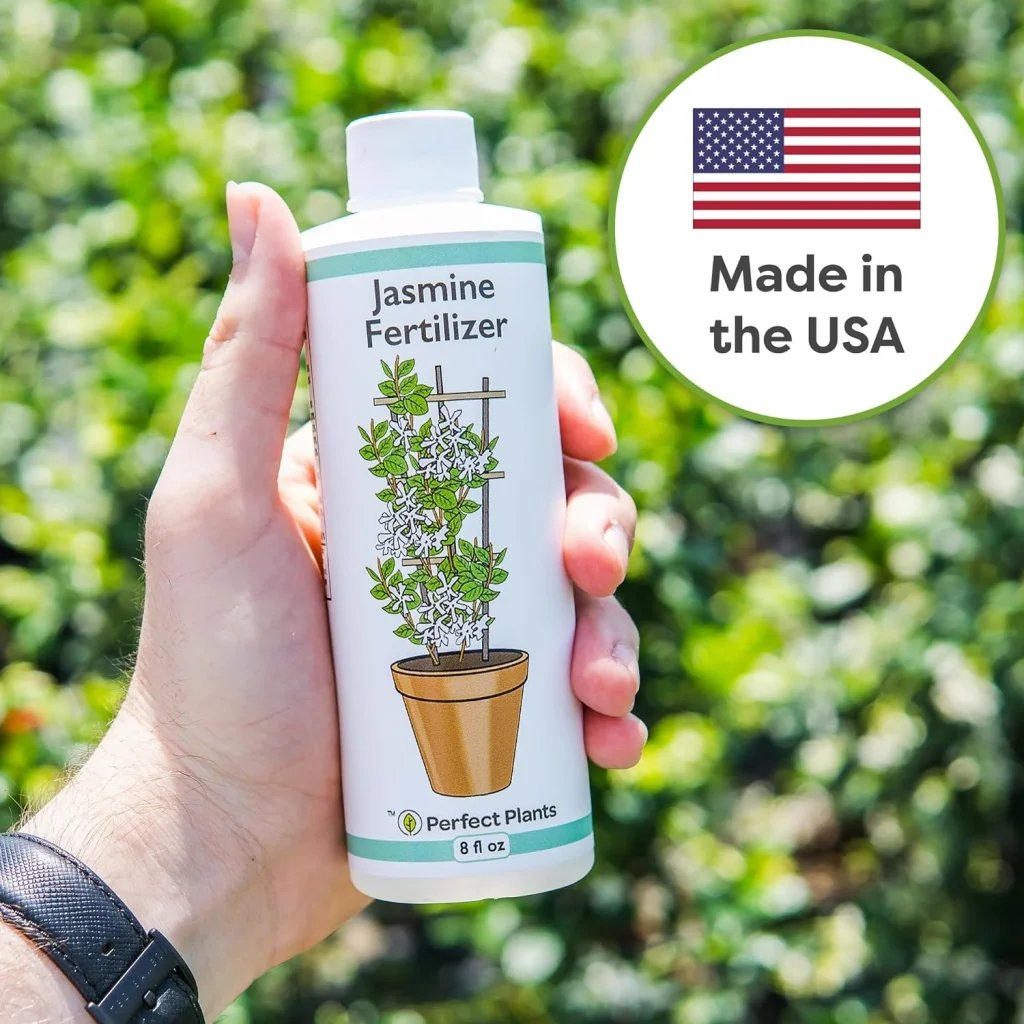
Jasmine Fertilizer: Indoor & Outdoor
It is readily soluble in water, allowing for quick absorption by plant roots. It provides Greener, more vibrant foliage in the spring and summer.
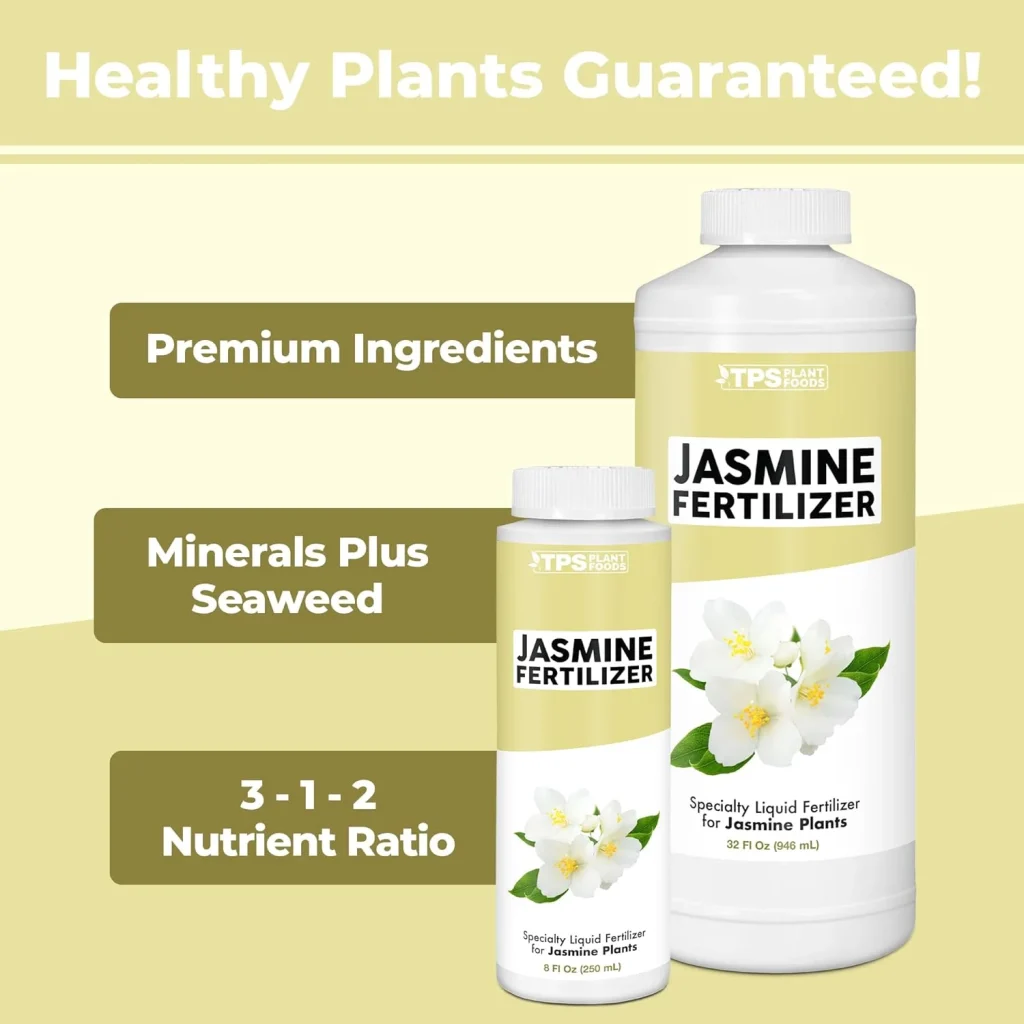
Fertilizer For Jasmine Shrubs and Vines
It is designed for jasmine shrubs and vines. Easy to use and economical.
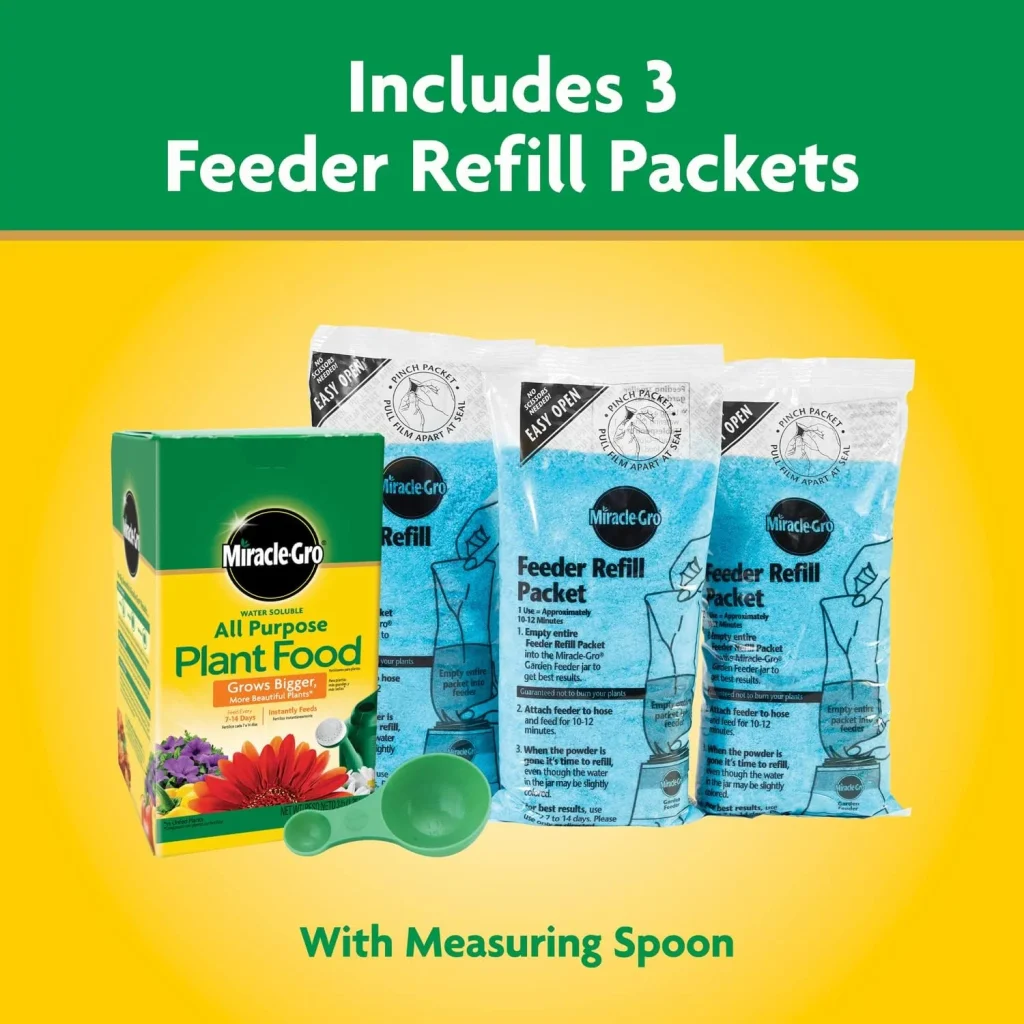
Fertilizer for Jasmine Plant indoor and outdoor
It is a water-soluble fertilizer for indoor and outdoor flowers. Even directly, it is safe to use as it does not burn the plants.
Sustainable Fertilization Practices
We all want happy plants and a healthy planet! Here are some eco-friendly ways to fertilize your Jasmine:
- Composting: Compost is a fantastic source of nutrients for your Jasmine and reduces waste. Consider starting your compost pile at home.
- Mulching: Mulch helps retain moisture in the soil, which reduces the need for frequent watering and fertilizer application.
- Natural Pest Control: Using natural methods to control pests can help keep your Jasmine healthy, reducing the need for chemical fertilizers that can harm the environment.
Best Homemade Fertilizer for Jasmine
Feeling crafty? You can make your fertilizer for your Jasmine using common household ingredients! Here are a couple of ideas:
Mustard Cake Powder
Mustard Cake powder can be used as an organic fertilizer for jasmine plants. It is is rich in nitrogen, phosphorus, and potassium (NPK), along with other essential nutrients like calcium, magnesium, and sulfur. making at home is super easy.
Watch the video below:
Banana Peel Power
Bananas are loaded with potassium, so they make a great natural fertilizer for jasmines. Chop up a banana peel and bury it around the base of your plant. As the peel decomposes, the nutrients will slowly release into the soil.
Rice Water
Coffee Ground Magic
Used coffee grounds add a bit of nitrogen to the soil. Just sprinkle a thin layer of cooled coffee grounds around the base of your jasmine plant, but don’t overdo it – too much coffee can make the soil acidic.
Are Coffee Grounds Good For Plants?
Important Note: This is the fact that homemade fertilizers are not as potent as store-bought ones. If there are symptoms of nutrient deficiency, apply synthetic fertilizers for quicker results.
Best Practices for Fertilizing Jasmine
Here are some tips to make sure you do it right:
- Timing is Key: Don’t fertilize your Jasmine when it’s stressed (like during hot weather or right after transplanting). The best time to fertilize is usually in the spring and summer when your Jasmine is actively growing.
- Frequency Matters: Don’t overdo it! Overfertilizing can harm your Jasmine. For most fertilizers, once a month during the growing season is enough.
- Applying Fertilizer: There are a few ways to fertilize your Jasmine. You can sprinkle it on the soil (top dressing), spray it on the leaves (foliar feeding), or drench the roots (root drenching). Read the instructions on your fertilizer to see which method is recommended.
- Dosage is Important: Don’t be heavy-handed! Always follow the dilution instructions on your fertilizer. Remember, more isn’t always better – too much fertilizer can burn your Jasmine plants.
- Watering Wisely: After fertilizing, water your Jasmine deeply to help the nutrients reach the roots.
Environmental Considerations
Here are some things to consider:
- Soil pH: Jasmines prefer slightly acidic soil (around 6.0 to 6.5 pH). If your soil is too alkaline (high pH), your Jasmine might need help to absorb nutrients properly. A soil test can help you determine your soil’s pH and if adjustments are required.
- Climate and Seasons: During hot weather, your Jasmine might need less fertilizer. Similarly, stop fertilizing altogether in the winter when your Jasmine goes dormant.
- Container vs. Garden: Jasmines grown in containers tend to dry out faster and need more frequent fertilization (but still, don’t overdo it!).
Conclusion
Remember, the key is to understand your Jasmine’s needs and choose the right fertilizer and application method.
With a little care and the right fertilizer routine, your Jasmine will be blooming beautifully in no time!
Bonus Tip: Keep a record of your fertilization schedule. This will help you track your Jasmine’s progress and adjust your routine as needed.
So, there you have it! With this guide, you’re all set to become a pro jasmine fertilizer. Happy planting!
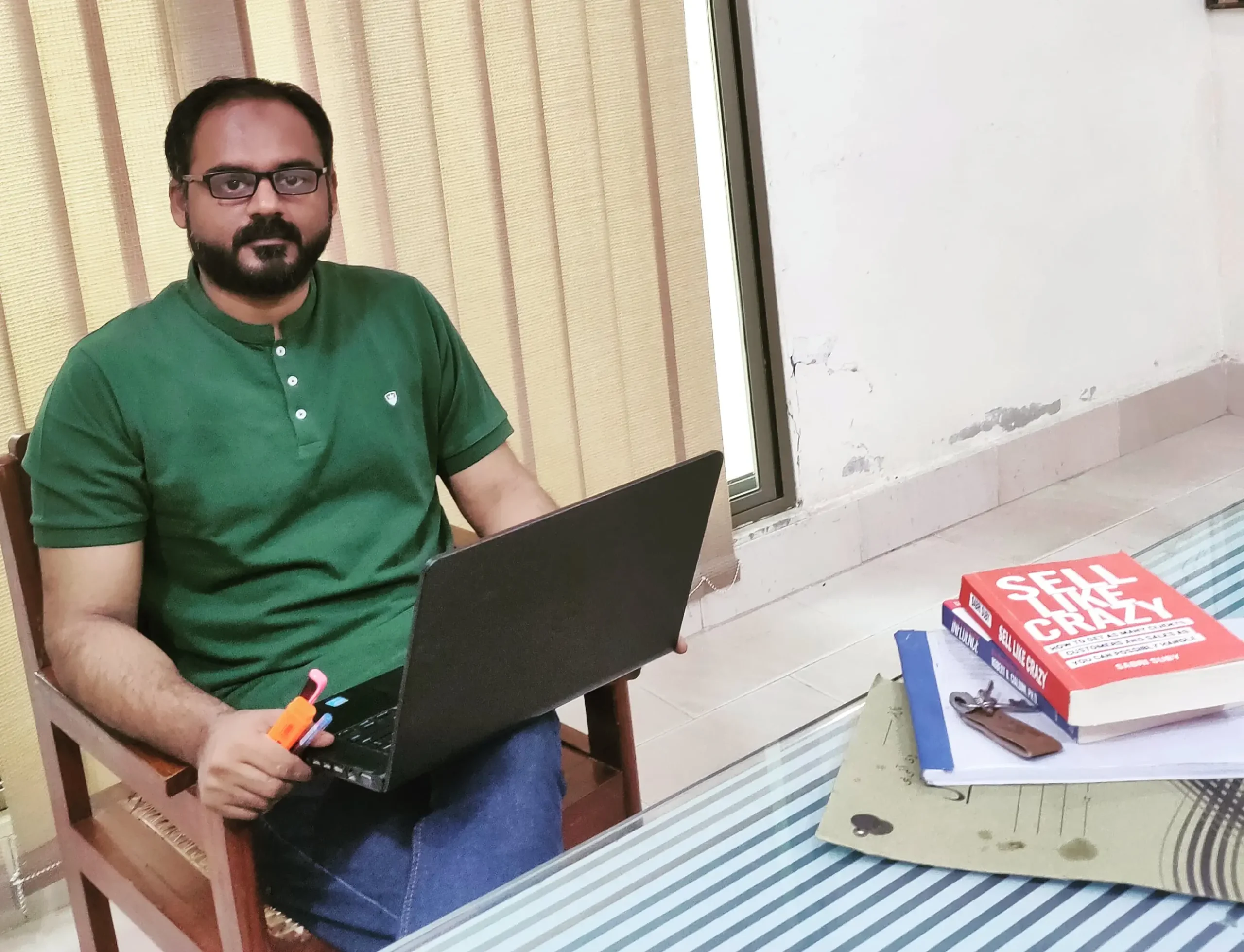
I am Yasir Riaz, an Agronomist for more than a decade. Helping local farmers and Gardeners to improve their crops and Gardens and overall productivity. In addition to my work in agriculture, I have also delved into the digital world as an SEO writer and blogger. Through my blog, I aim to educate and inspire others about the Chameli Flower (Jasmine).


